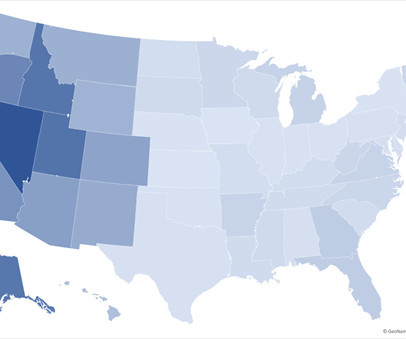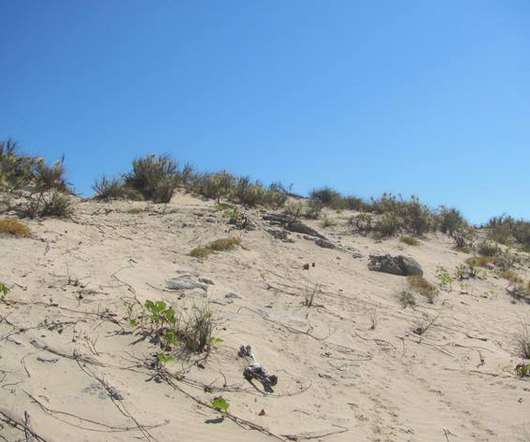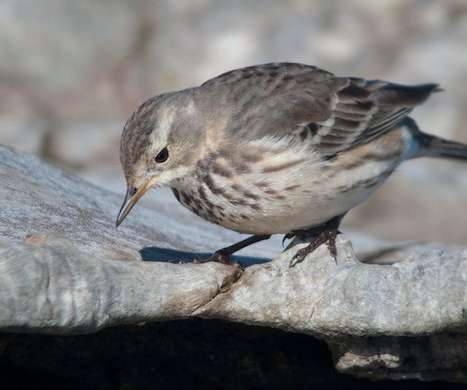A Birder’s Guide to U.S. Federal Public Lands
10,000 Birds
MARCH 5, 2024
Several endangered species are (or have been) highly dependent on specific tracts of federal land. California Condors rely on Pinnacles , Grand Canyon , and Zion national parks, as well as Bitter Creek and Hopper Mountain NWRs. For example, Whooping Cranes winter almost exclusively at Aransas NWR in Texas.












Let's personalize your content